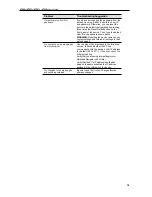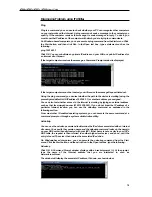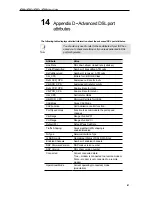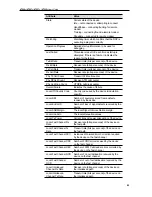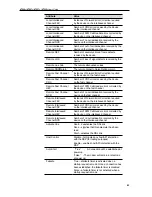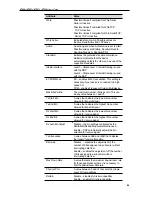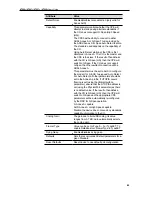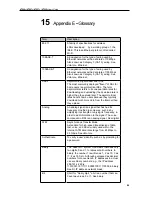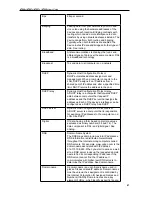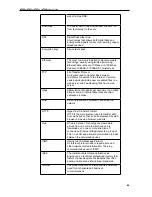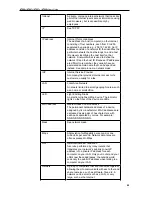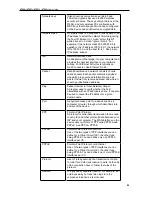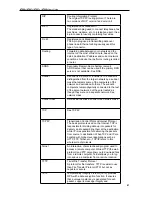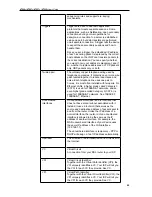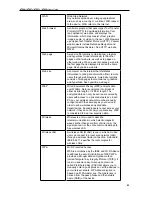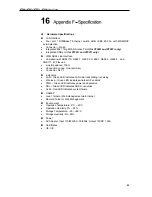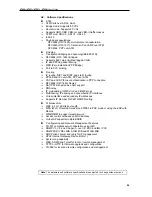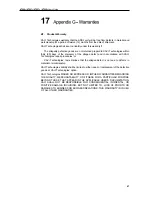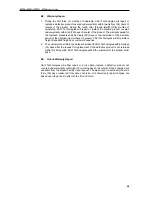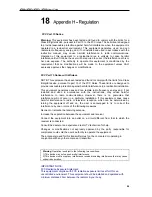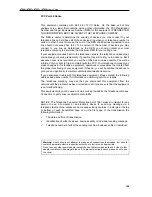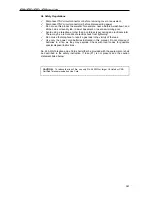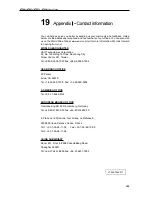
X7968r / X7967r / X7927r / X7922r
User
’
s Guide
92
sequencing rules and supports re-keying
mechanisms.
Triggers
Triggers are used to deal with application
protocols that create separate sessions. Some
applications, such as NetMeeting, open secondary
connections during normal operations, for
example, a connection to a server is established
using one port, but data transfers are performed
on a separate connection. A trigger tells the device
to expect these secondary sessions and how to
handle them.
Once you set a trigger, the embedded IP address
of each incoming packet is replaced by the correct
host address so that NAT can translate packets to
the correct destination. You can specify whether
you want to carry out address replacement, and if
so, whether to replace addresses on TCP packets
only, UDP packets only, or both.
Twisted pair
The ordinary copper telephone wiring used by
telephone companies. It contains one or more wire
pairs twisted together to reduce inductance and
noise. Each telephone line uses one pair. In
homes, it is most often installed with two pairs. For
Ethernet LANs, a higher grade called Category 3
(CAT 3) is used for 10BASE-T networks, and an
even higher grade called Category 5 (CAT 5) is
used for 100BASE-T networks. See 10BASE-T,
100BASE-T, Ethernet.
Unnumbered
interfaces
An unnumbered interface is an IP interface that
does not have a local subnet associated with it.
Instead, it uses a router-id that serves as the
source and destination address of packets sent to
and from the router. Unlike the IP address of a
normal interface, the router-id of an unnumbered
interface is allowed to be the same as the IP
address of another interface. For example, the
WAN unnumbered interface of your device uses
the same IP address of the LAN interface
(192.168.1.1).
The unnumbered interface is temporary
–
PPP or
DHCP will assign a
‘
real
’
IP address automatically.
Upstream
The direction of data transmission from the user to
the Internet.
VC
Virtual Circuit
A connection from your DSL router to your ISP.
VCI
Virtual Circuit Identifier
Together with the Virtual Path Identifier (VPI), the
VCI uniquely identifies a VC. Your ISP will tell you
the VCI for each VC they provide. See VC.
VPI
Virtual Path Identifier
Together with the Virtual Circuit Identifier (VCI), the
VPI uniquely identifies a VC. Your ISP will tell you
the VPI for each VC they provide. See VC.

